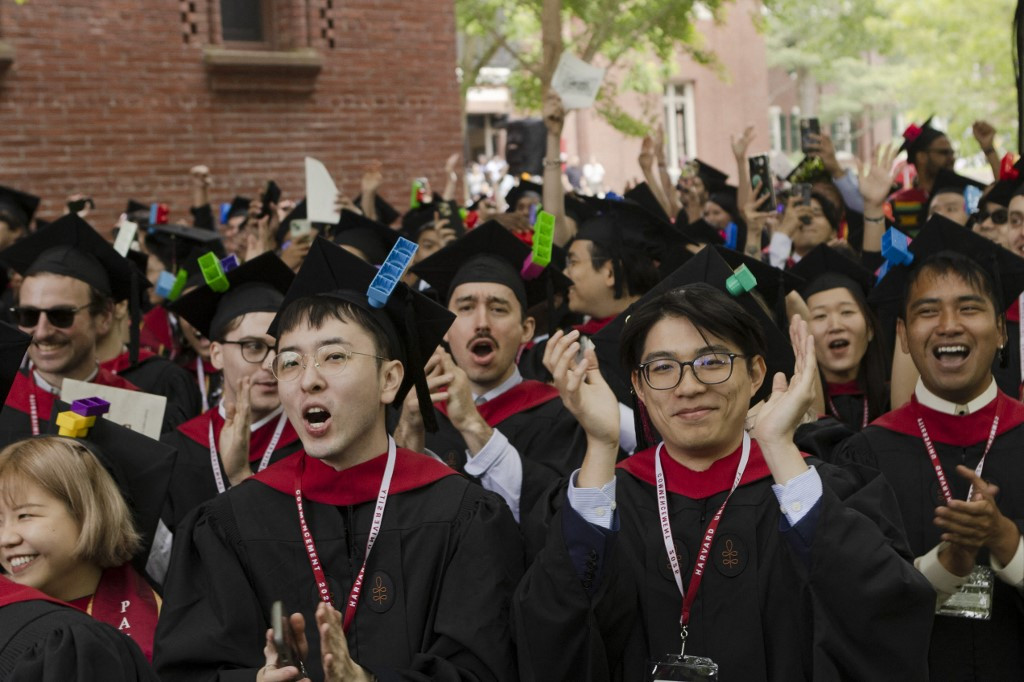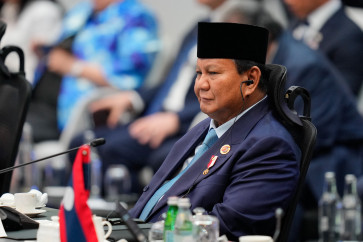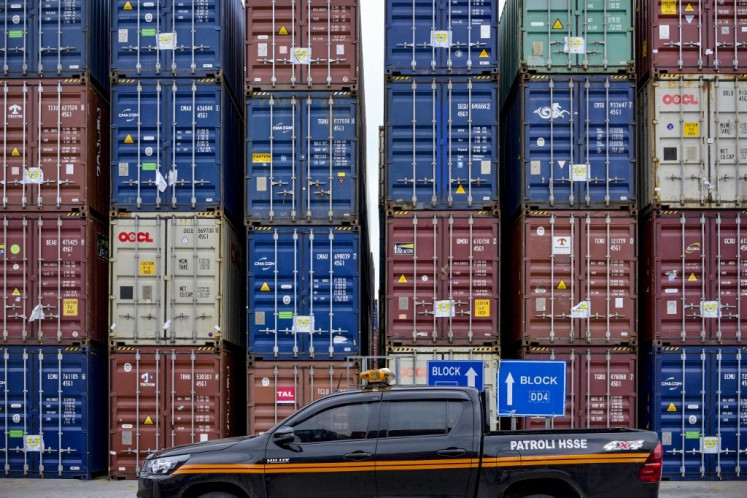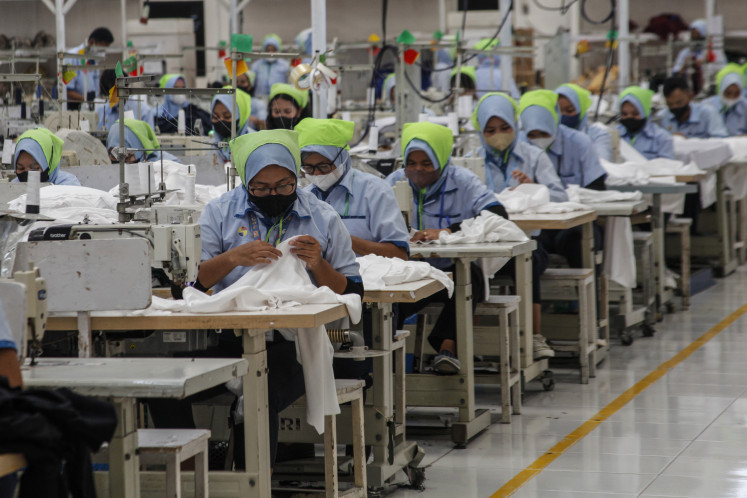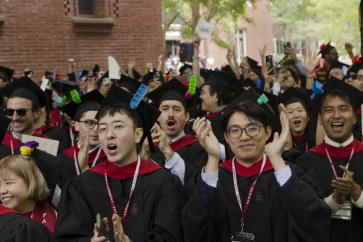Popular Reads
Top Results
Can't find what you're looking for?
View all search resultsPopular Reads
Top Results
Can't find what you're looking for?
View all search resultsThe Sino-American battle for brains
Beijing's ongoing efforts to develop and deliver quality higher education and Washington's assaults on universities and international students could leave long-lasting, far-reaching impacts beyond the lecture hall vis-à-vis the great power rivalry between the two countries.
Change text size
Gift Premium Articles
to Anyone
A
round the world, governments are racing to build world-class universities. From Germany’s Exzellenzinitiative to India’s Institutions of Eminence, the goal is the same: to cultivate institutions that attract and nurture top global talent, conduct cutting-edge research and drive innovation and growth. But the stakes are particularly high in the United States and China, given the escalating competition between the world’s two largest economies.
The struggle to lead in higher education is about more than prestige. Elite universities affect economic performance in myriad ways, including by fostering innovation, boosting productivity and increasing individual earnings. Graduates from top-tier institutions are more likely to become scientists, inventors and entrepreneurs. At the national level, countries with higher average university quality tend to enjoy faster technological development and stronger productivity.
A few years ago, any comparison of US and Chinese higher education would have been no contest. For decades, US universities have dominated global rankings, with institutions like MIT, Stanford and Harvard forming the core of the innovation hubs that have been integral to the country’s global scientific leadership and entrepreneurial dynamism. Many of the world’s most valuable companies, including Google, Meta, Nvidia and Tesla, were built by graduates of elite US universities.
As often as not, those graduates were not American. Over half of the country’s billion-dollar start-ups have at least one immigrant founder, and a quarter were launched by individuals who first arrived in the US as international students. This points to a key strength of the US university system: its ability to attract the world’s top talent.
International students account for 14 percent of enrollment at top research universities and 28 percent at elite institutions in the US, such as Ivy League universities, Stanford and MIT. In the 2023-24 academic year, international students contributed nearly US$44 billion to the American economy and supported more than 378,000 jobs.
But America’s continued dominance in higher education is far from guaranteed. While US (and European) institutions still lead in global rankings, Chinese universities have been rapidly gaining on them in recent years. In the QS and Times Higher Education world university rankings, Peking and Tsinghua universities have now broken into the top 20. And in the 2025 Nature Index, eight of the top 10 global research institutions are based in China, with Harvard and Germany’s Max Planck Society being the only Western institutions that made the cut.
Moreover, Zhejiang University, which has modeled itself on Stanford, has helped to transform Hangzhou into a Chinese Silicon Valley, with a vibrant start-up ecosystem underpinned by strong government support and active university-industry collaboration. The AI powerhouse DeepSeek emerged in Hangzhou.

